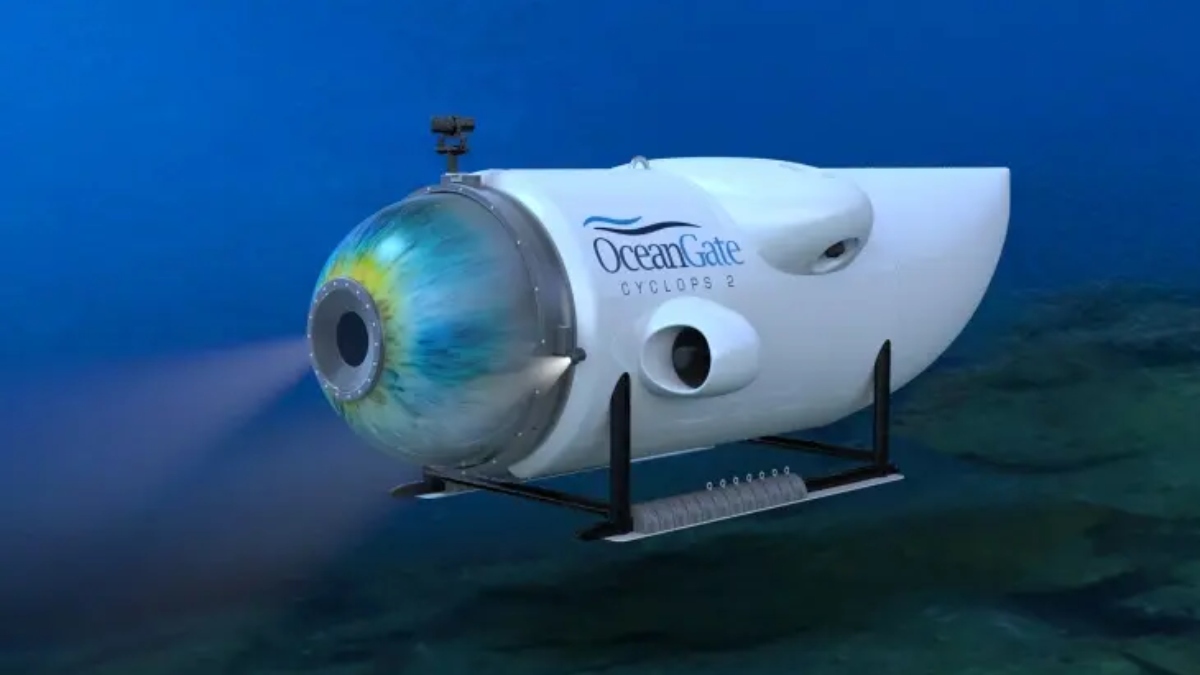
Article by
25 bodies were recovered from the wreckage. The body of the 26th victim was never found. In less than a year, Squalace was repaired and recommissioned under the name USS Sailfish.
Of up to 600 feet, special submarine escape emergency suits can protect the crew while they use an escape hatch or torpedo tube to get out. The ascent from 600 feet will only take three to four minutes, but it's an extremely traumatic experience involving panic, oxygen narcosis, and perforated eardrums. But things get much worse when the sub is too deep to use an escape suit. Your only chance of survival would be a submergence rescue vehicle, like the Russian Priz- class vessel, a titanium- hulled vehicle that can rescue up to 16 people at a time from a depth of up to 3200 feet. 3200 ft/1000m.
Some submarines like the Russian Typhoon-class are equipped with an escape pod, but their reliability in actual emergencies have been questionable at best. The rescue attempt of the Russian Kursk nuclear submarine involved several submergence rescue vehicles, but unfortunately the mission failed due to the inability of the Priz vehicle to dock onto the stranded submarine. These complications are what makes the rescue of the crew of USS Squalus a near miracle.
In May of 1939, on her 19th test dive, USS Squalus submerged. But due to a malfunction, the main air induction valve opened when Squalus was 60 ft / 18m underwater. This caused the flooding of the aft torpedo room, both engine rooms and the crew's quarters, sinking the submarine to the bottom of the ocean. Those who were in the sealed compartments had enough air to breathe for 48 hours. Cut off from outside communication, the crew released a buoy from the deck, which had a telephone attached to it, in the hopes that the rescue team would find it. And now all they could do was to keep calm and wait. No rescue attempt of sunken submarines had ever succeeded beyond 40ft, and the crew of Squalus were sitting on the ocean floor 243 fr below the surface. Sometime later, the buoy was spotted by their sister boat, Sculpin. The two commanders were able to exchange a couple of words, but an ocean swell caused the line to snap. No more communication was possible. Within 24 hours, rescue ships had arrived, and they had an experimental device to deploy. It was a rescue bell. A hardhat diver had to first get ready and descend, to carry a downhaul cable from a winch inside the rescue bell. Once the cable was connected to the sub, the bell was lowered into the waters, and then placed exactly above the hatch of the sunken submarine. Stranded at the bottom of the ocean, the crew of USS Squalus was thrilled to greet the rescuers. Seven sailors climbed into the bell and were then brought up to the surface. Three more trips had to be completed before all 33 men were rescued. But the US navy spent another 113 days salvaging the submarine itself. There were bodies in the submarine that still needed to be recovered. The plan was to attach pontoons to the hull of the submarine in order to raise it off the ocean floor and then transport it back to port. To do so, pontoons had to be first filled with water to create negative buoyancy and descend into the water. Once attached to the submarine, air was pumped into the pontoons, which pushed the water out, making the pontoons buoyant. During the first attempt, the pontoons attached to the bow raised too quickly, causing the bow to rise out of the water and slip out of the cables. Eventually, USS Squalus was towed back to port on September 13, 1939.
Twenty five bodies were recovered from the wreckage. The body of the 26th victim was never found.
In less than a year, Squalus was repaired and recommissioned under the name USS Sailfish which served during WWII.
The crew were forbidden from uttering the word Squalus while on board the Sailfish.
After decommissioning in 1945, the conning tower was cut away and placed in a park at Portsmouth Naval Shipyard, where memorial ceremonies are conducted in May of each year.
In the case of the Titan submersible, which was lost on June 18, 2023, when attempting to visit the wreck of RMS Titanic the depth at which the implosion happened was nearly ten times more than that of ARA San Juan, meaning the water pressure was ten times more at the time of the accident.
We will never know what the crew of five on board Titan went through in their last moments, but it's entirely possible that their final thoughts were joyful and exhilarating, and not tainted at all by the horror of what was about to happen a few milliseconds later.
 Monthly "Azeem English Magazine", launched in 2000, records the information about diverse fields like mental health, literature, research, science, and art. The magazine's objective is to impart social, cultural, and literary values to society.
Monthly "Azeem English Magazine", launched in 2000, records the information about diverse fields like mental health, literature, research, science, and art. The magazine's objective is to impart social, cultural, and literary values to society.
+92 51 88 93 092
First Floor, RAS Arcade, Eidhi Market, Street#124, G-13/4, Islamabad, Pakistan, 44000.